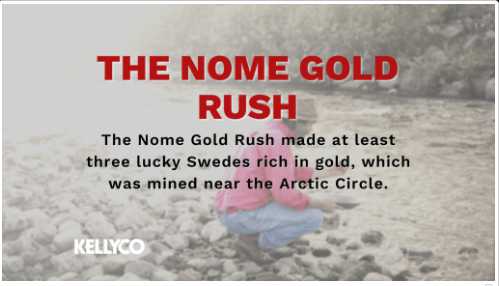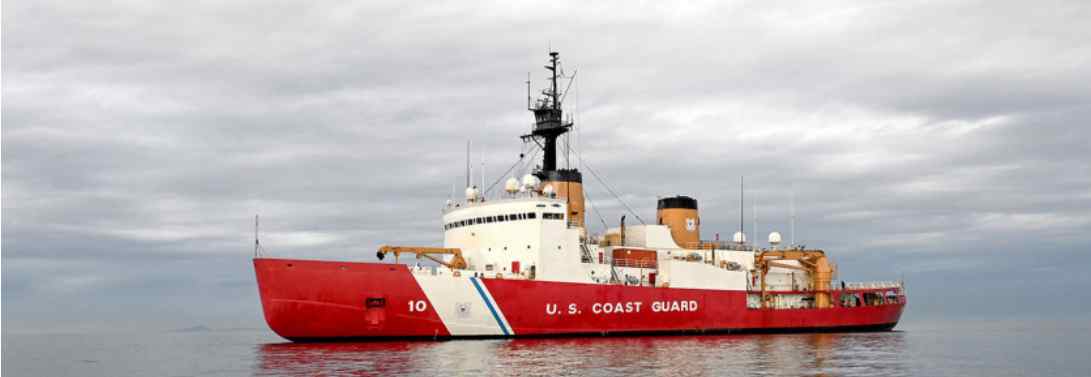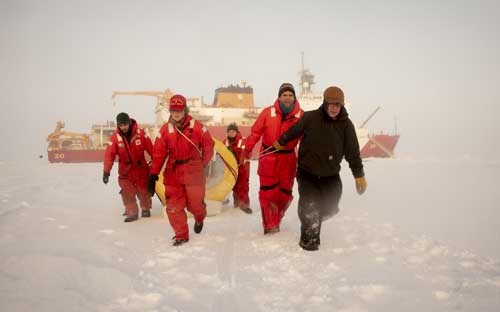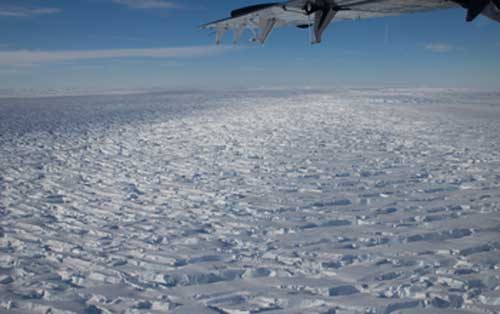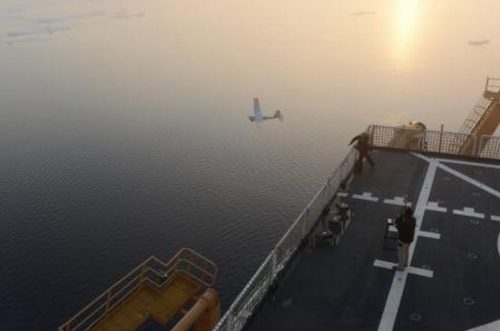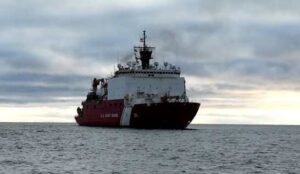
NOME, Alaska — U.S. Coast Guard Cutter Healy (WAGB 20) and embarked science teams completed the first two phases of the icebreaker’s 2024 Arctic Fall deployment Sunday and continue operations offshore of western and northern Alaska.
Healy’s crew and the science teams conducted multiple scientific and seafloor mapping missions, which resulted in the discovery of a subsea volcano-like feature during the first phase.
The first two phases featured a collaboration between the U.S. Coast Guard, the U.S. National Science Foundation (NSF), the National Oceanic and Atmospheric Administration (NOAA), and the University of New Hampshire.
The interagency science mission to the Chukchi and Beaufort Seas north of Alaska combined oceanographic buoy deployments with a coordinated mapping effort to survey uncharted waters and acquire depth data along a portion of the Alaskan Arctic Coast Port Access Route Study (AACPARS) corridor, a Coast Guard-proposed preferred vessel route from Utqiaġvik, Alaska, to the demarcation point of the border between U.S. and Canada.
During the mission’s first phase, the science party discovered a volcano-like feature rising 500 meters from the seabed, approximately 1,600 meters below the surface at its shallowest depth. Upon further review of water column data collected at the site, the science team detected a potential gas plume rising from just above the feature to near the water’s surface. The feature poses no risk to navigation as it is well below navigable draft of the largest modern vessels.
“Although data analysis is ongoing, these findings are exciting and offer insight into what may exist beneath the ocean’s surface, much of which is unknown in this region,” said Capt. Meghan McGovern, commanding officer of NOAA Ship Fairweather and currently embarked with the Healy mapping team. “The coordination and partnerships during this mission fill critical gaps in the region for all waterway users and provide a foundation for safe navigation in the Arctic.”
McGovern and a NOAA team from the Fairweather, an Alaska-based hydrographic survey vessel, joined the science party aboard Healy to support mapping coastal waters using Healy’s multibeam echo sounders for obtaining bathymetric data to provide highly accurate depths and detailed images of the sea floor and objects along the AACPARS corridor.
Healy hosted postdoctoral researchers and junior faculty members from a variety of institutions during the second phase of the Arctic deployment supporting the U.S. NSF-funded Polar Early Career Scientist Training project, with contributions from NOAA and the Coast Guard providing training and research opportunities in the operational areas of the Chukchi and Beaufort Seas and within the marginal ice zone.
The time underway provided ten early career polar scientists and their mentors with at-sea training and hands-on experience for the researchers to gain the knowledge and skills that will prepare them to plan, implement, and lead future interdisciplinary scientific expeditions on U.S. Arctic vessels.
These early career scientists conducted multidisciplinary research, including mapping to fill critical bathymetric gaps and scientific sampling across various disciplines. They also developed skills in shipboard leadership, coordination, and execution.
“It’s an honor supporting such diverse research missions in the northern high latitudes while working towards enhancing navigation safety in a region where soundings are sparse,” said Healy’s Commanding Officer Capt. Michele Schallip. “As scientific interest in the Arctic Ocean Basin grows, Healy is on the front-line providing access to the scientific community facilitating Arctic research opportunities while inspiring future chief scientists. Our crew remains committed to ensuring we are ready to meet the challenges unique to operating in the austere environment to see completion of these vital missions.”
Homeported in Seattle, Healy is the Coast Guard’s only icebreaker specifically designed to support research. It provides high-latitude U.S. presence and scientific access to areas too challenging for most research vessels to reach.
[content id=”79272″]

